Since spring has arrived I think I may have mentioned spring ephemerals several times. I often talk about them like old friends. But I was recently talking with my 17 year-old niece, and my Mother about these unique flowers and both of them admitted that they had no idea what I was talking about. “Spring ephemerals,” they said, “what are those?” I am bad sometimes about assuming people know what I’m talking about, especially when it comes to nature and natural history, a subject of which I have intimate knowledge that goes all the way back to my childhood.
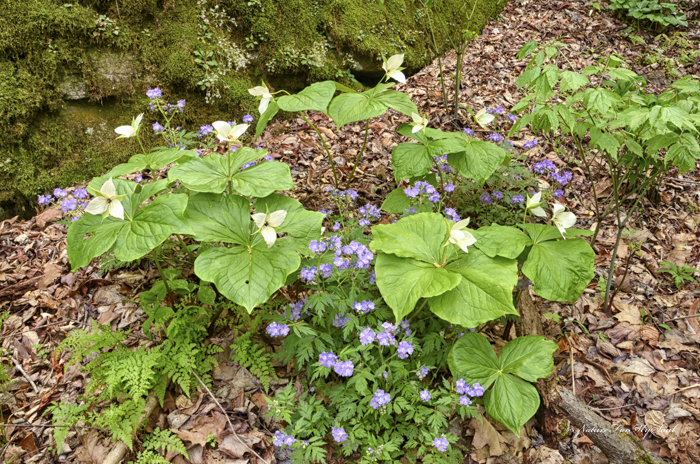
So yes, what are spring ephemerals? And how are they different from other flowers in the woods and fields?
As you likely know ephemeral means lasting for a very short time. Spring ephemerals are flowers that have evolved to take advantage of the short period of time in the spring before the deciduous trees “leaf out.” They have to pop out from beneath all of the leaf litter, grow stalks, produce flowers and reproduce, all in the space of only a few weeks. Once the canopy is full of leaves, the forest floor can no longer get the same amount of light and the above-ground part of the spring ephemerals pretty much disappear until next year. The sunlight their leaves collected and made into energy is stored in bulbs or thick roots until the following spring. It’s a fabulous magic trick, a special gift Mother Nature offers to us every year–if we take the time to go looking for them.
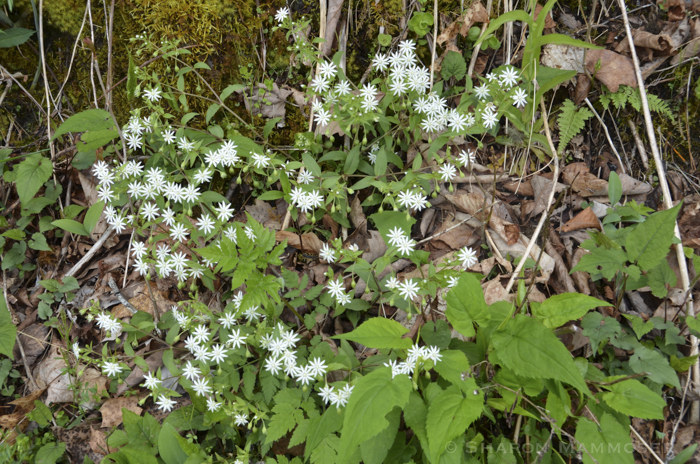
We can say that spring ephemerals symbolize bravery: Sure, it would be easier for them to stay in the ground where they are safe from frost, snow, and hungry herbivores, but in order to show their beauty, they must take risks and emerge. They do this every spring.
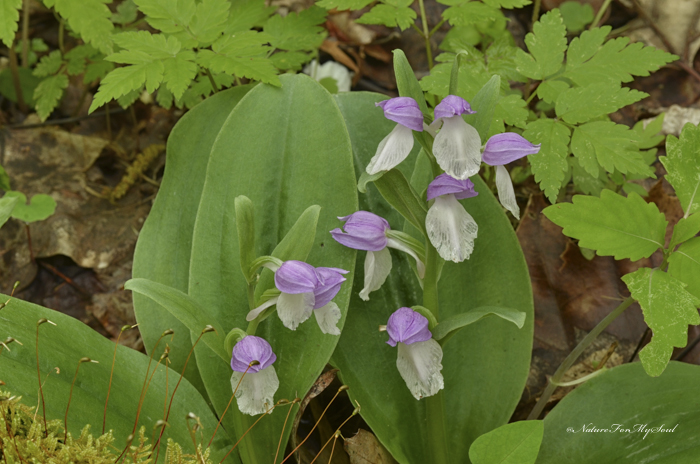
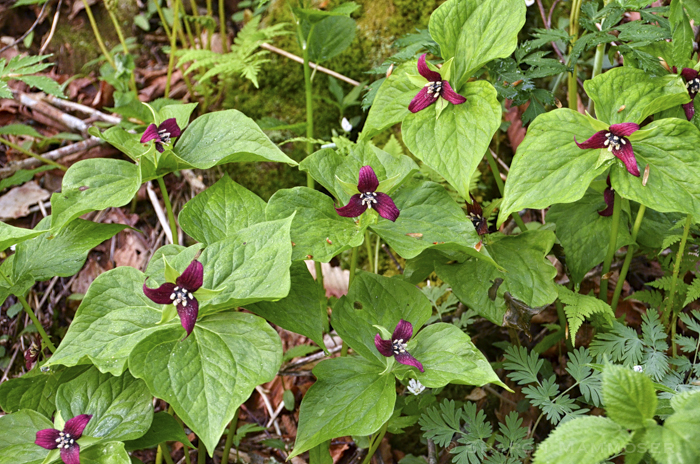
Spring ephemerals are different in several ways from “regular” flowers like black-eyed susans and cardinal flower.
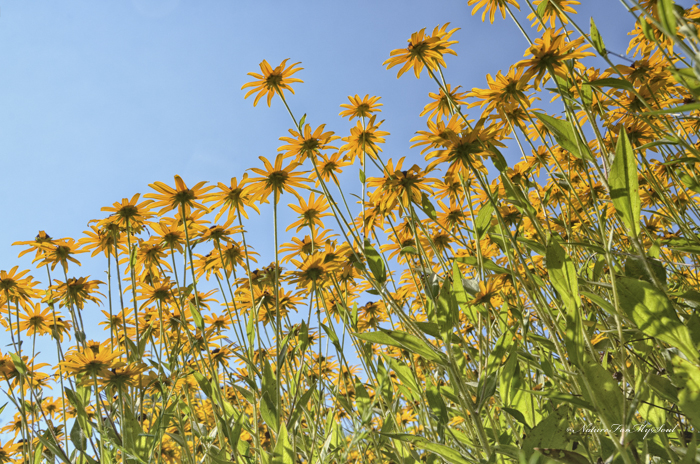
For instance, spring ephemerals complete their lifecycle in just several weeks, as opposed to other flowers taking months to accomplish this. True spring ephemerals lose their leaves and the flowers disappear, usually by June, leaving no trace of them until the following spring.
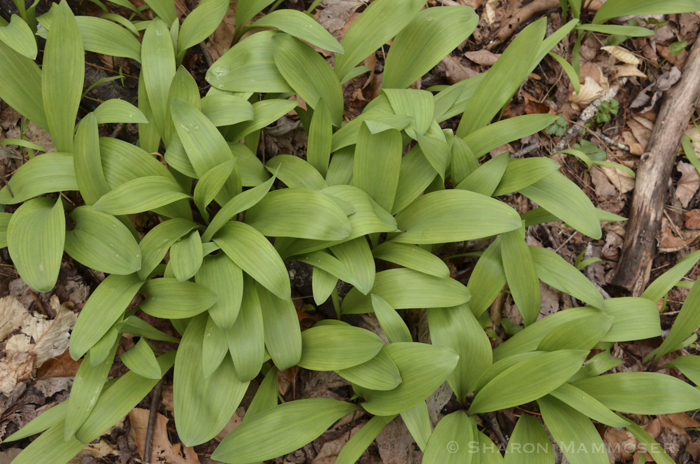
Spring ephemerals also close their flowers at night to protect them from frost or rain. Because spring ephemerals must begin growth in the very early spring, they risk damage or even death from a heavy frost or late winter snowstorm. It’s a gamble they have been taking for thousands of years and one that has obviously paid off. While sometimes they may pay the price for early blooming, most of the time, in most places, enough of them succeed to make this evolutionary tactic worth it in the long run.
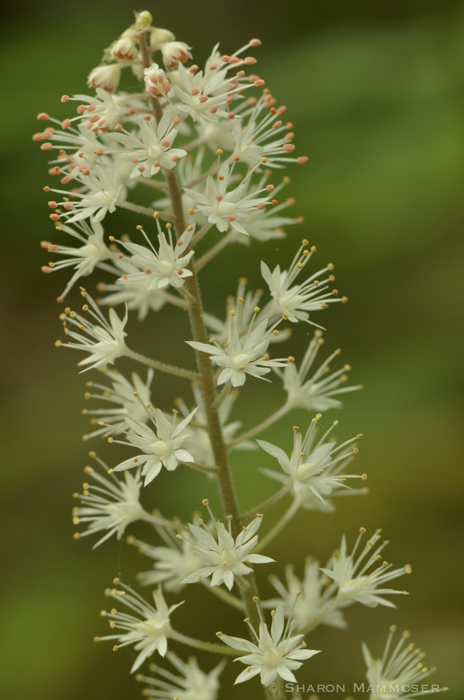
Spring ephemerals have important relationships with insects in several ways. First off, many of the flowers provide the season’s earliest nectar for insects like bumblebees, honeybees, mining bees and many other insects.
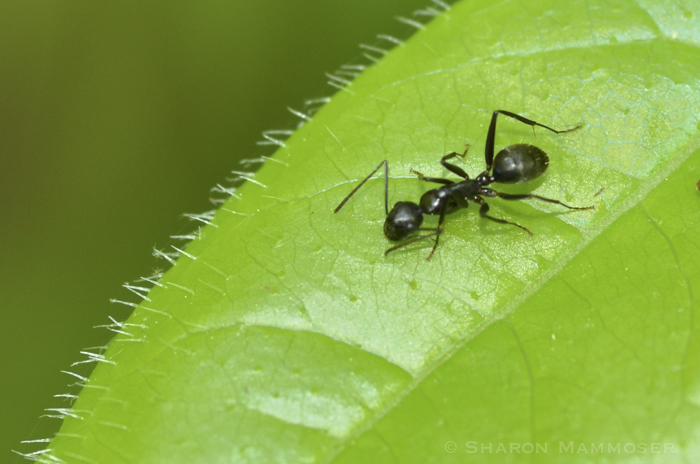
And many spring ephemerals rely on ants to disperse their seeds, a symbiotic relationships that has evolved over thousands of years. The flower of many spring ephemerals produces a fleshy structure, high in fats, (called elaiosomes) that is attached to the seeds. Ants travel to the flower, pick up the seeds, and elaiosome, and transport them through the forest. The ants feed on the elaisome but the seeds are left intact where they can germinate and sprout the following year. In this way the flowers spread throughout the forest, popping up in new places every year.
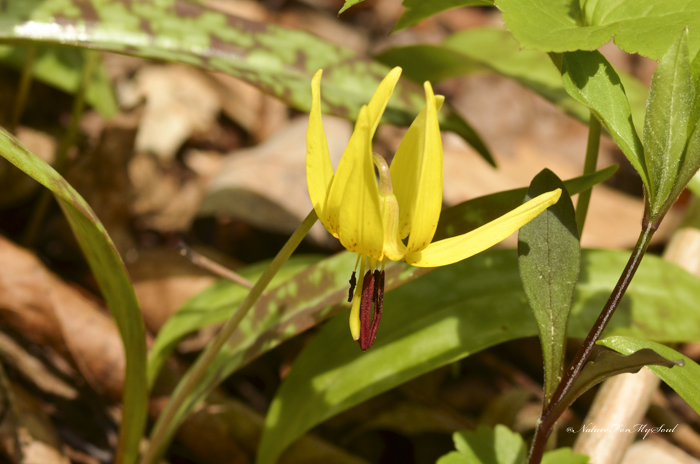

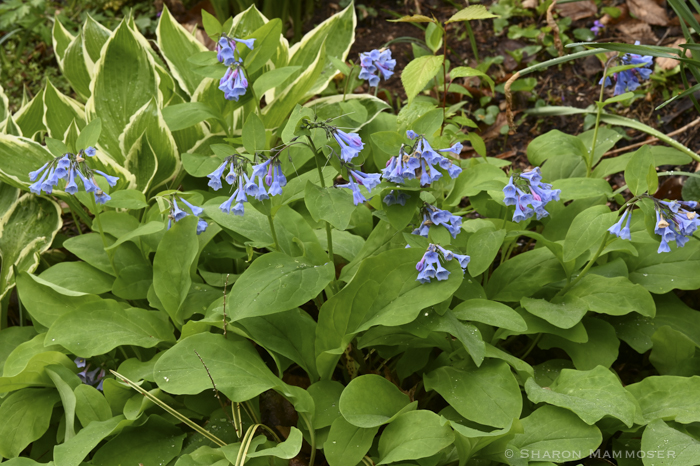
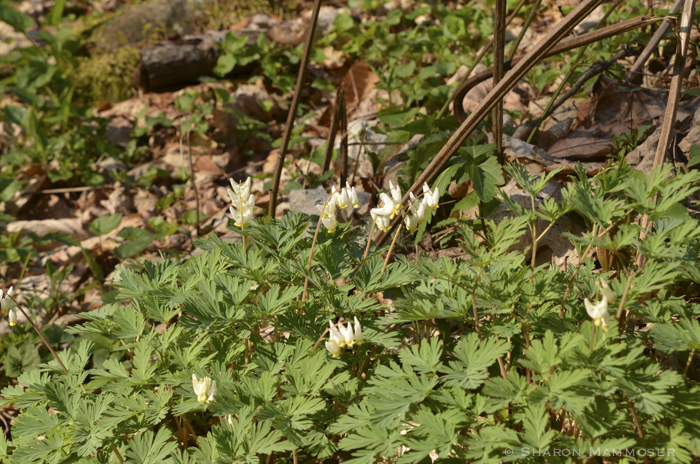
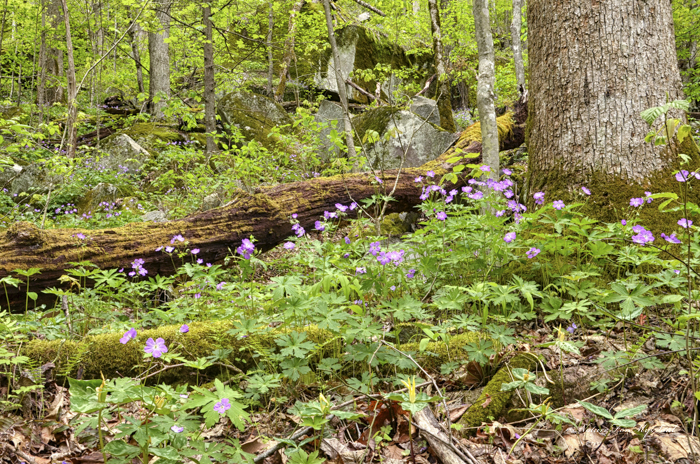
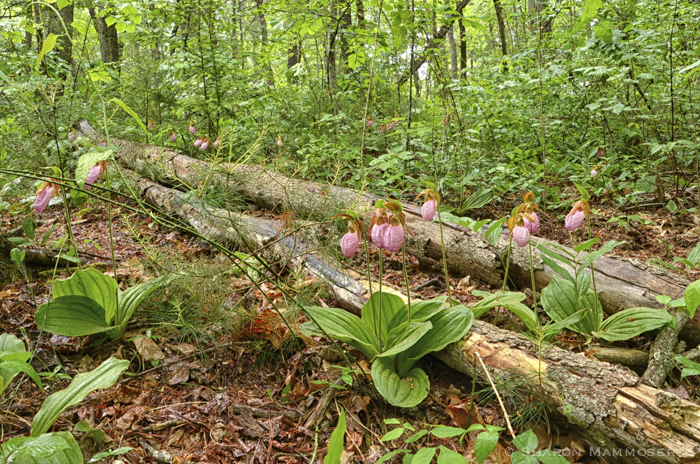
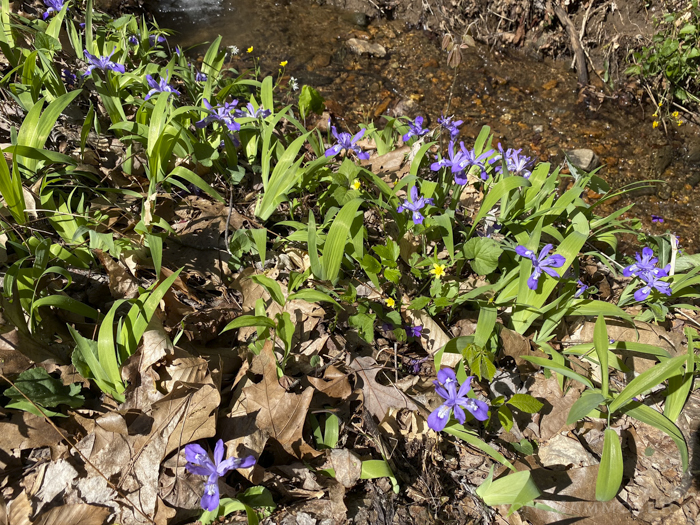
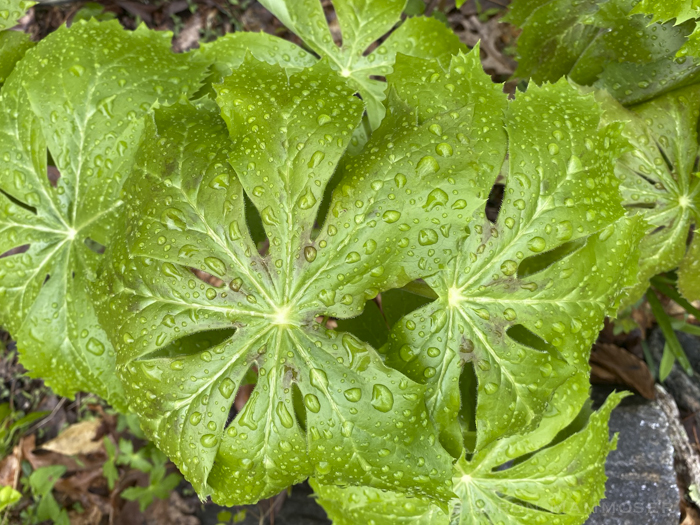
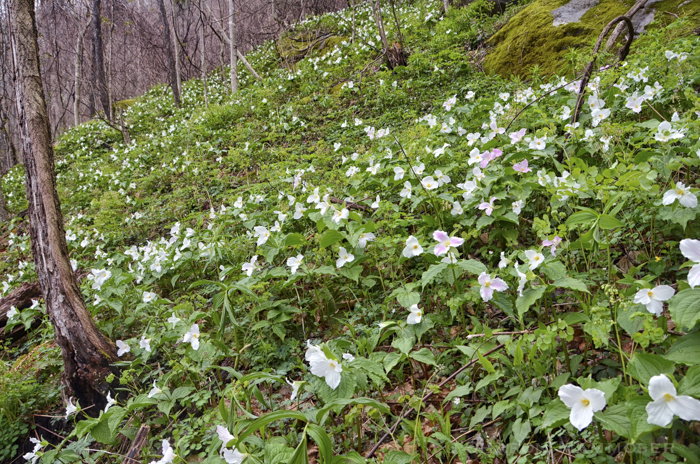
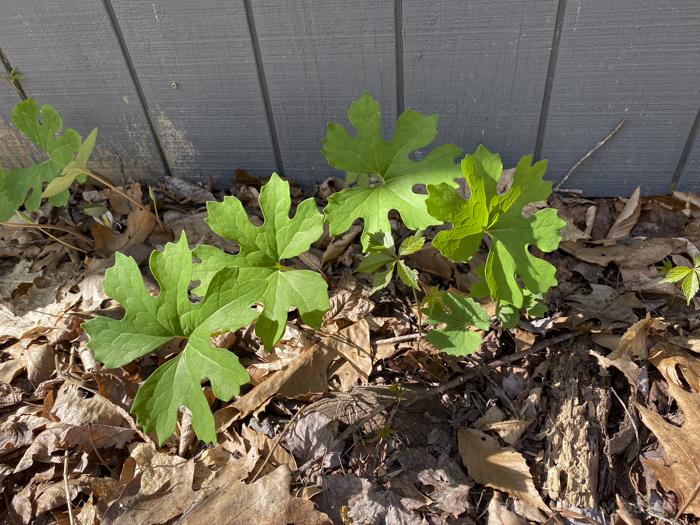
Spring is a lovely season, and spring ephemerals add to its beauty and charm. I hope you make time to get outside and see some of these for yourself sometime soon.

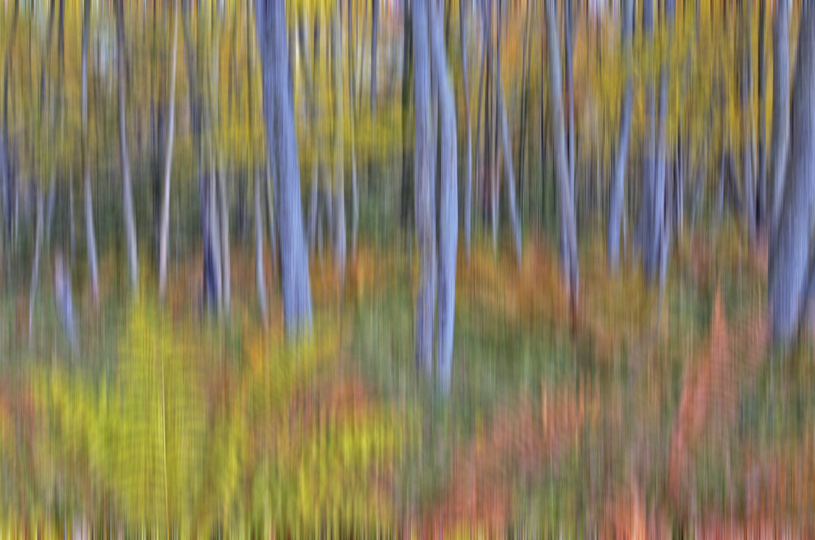
Beautiful photos
Thanks! There sure are a lot of beautiful flowers out there.